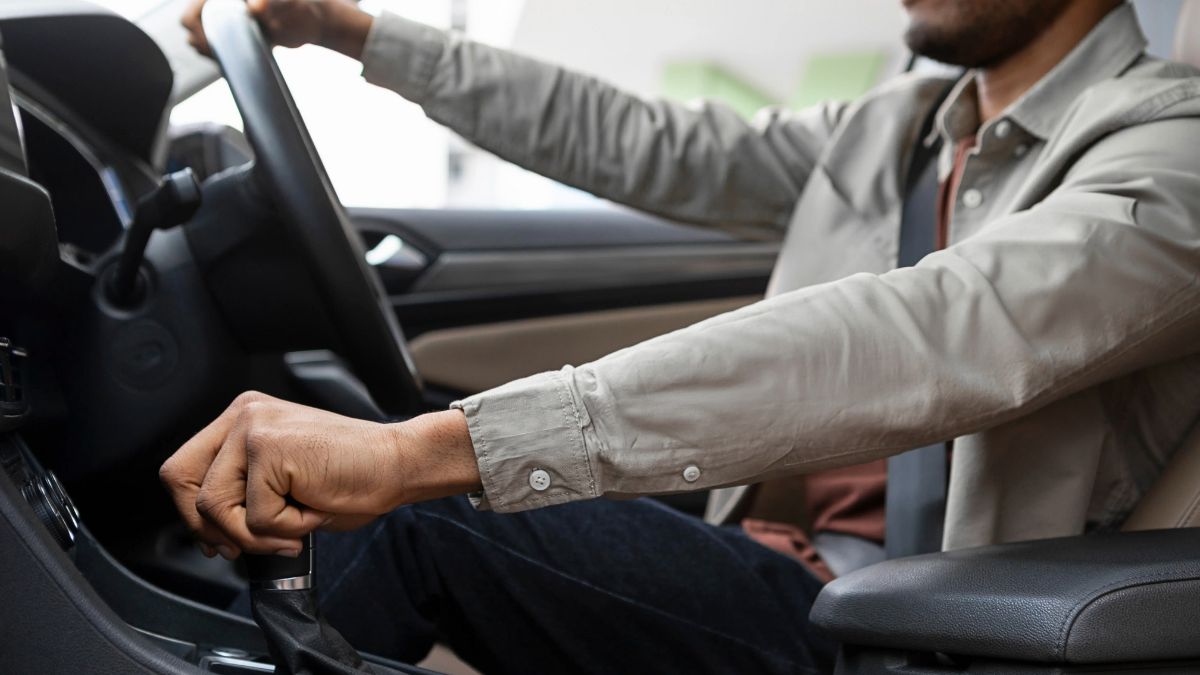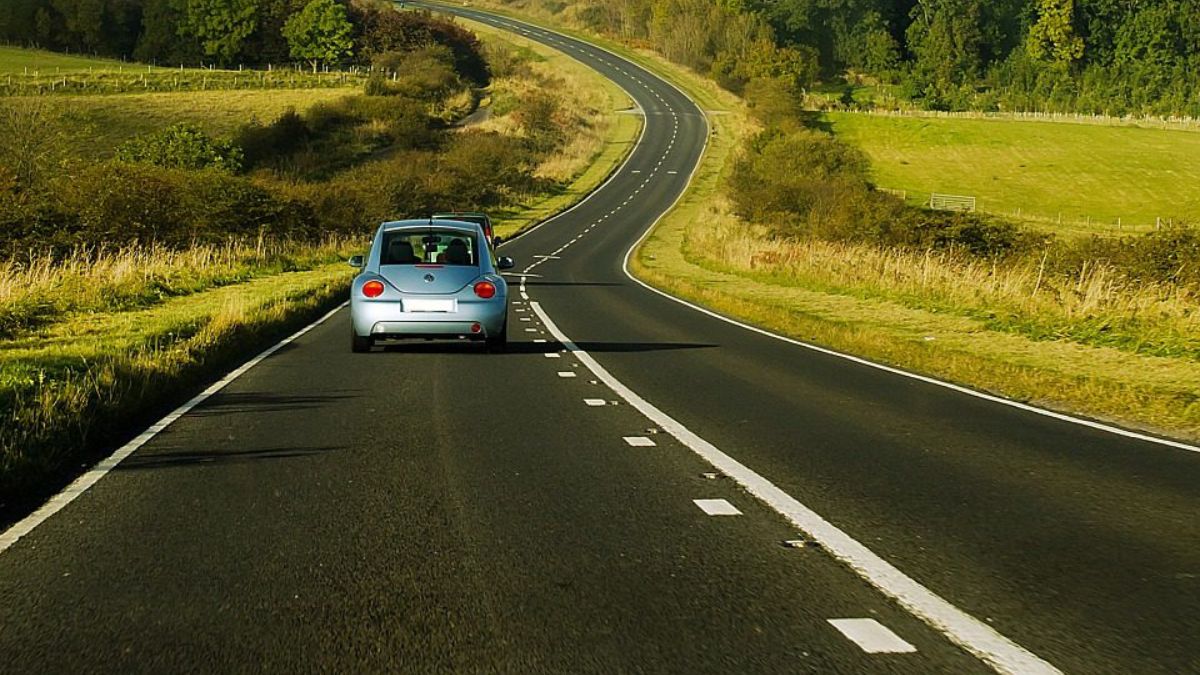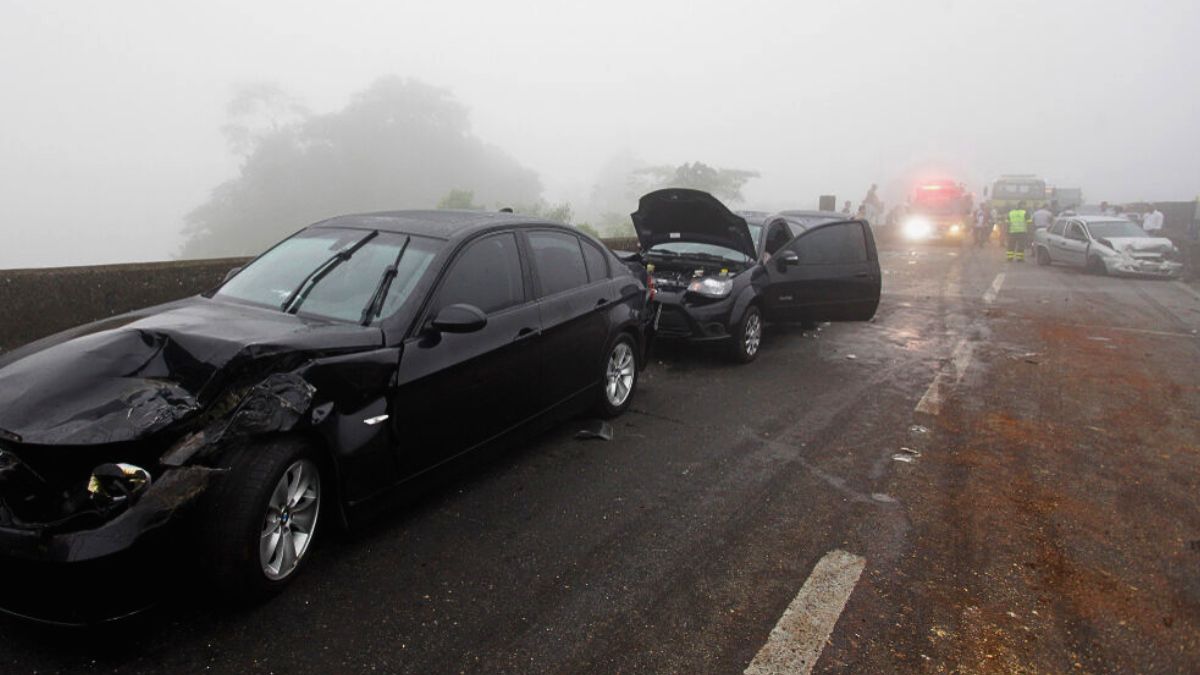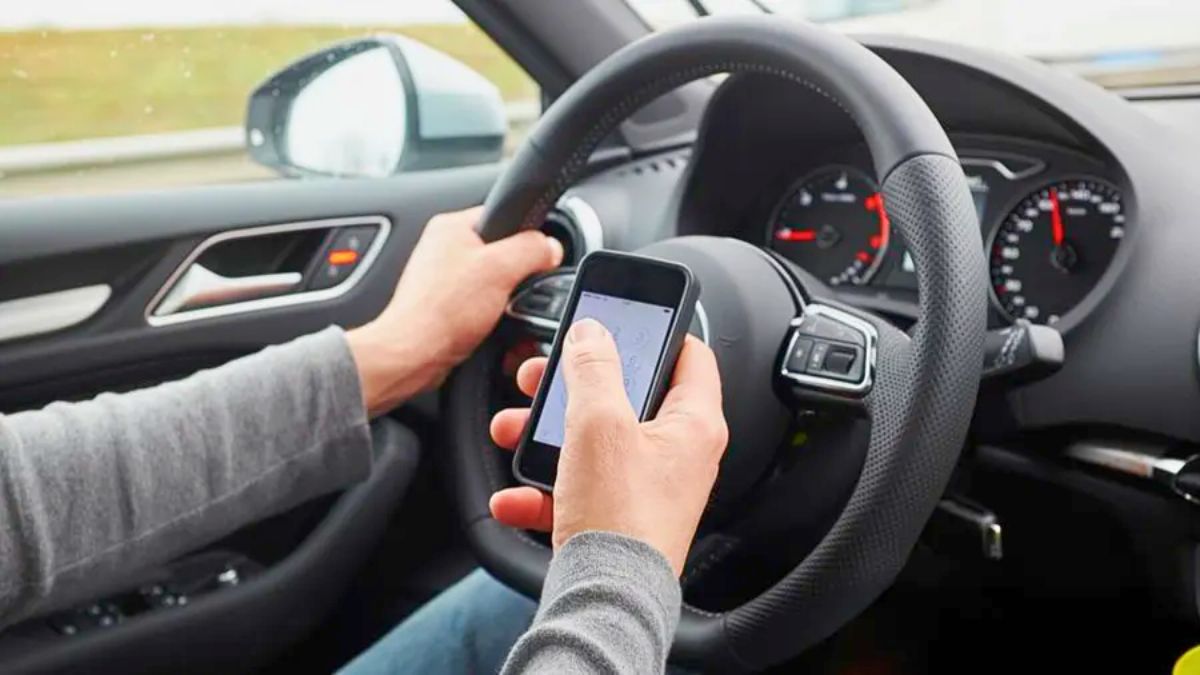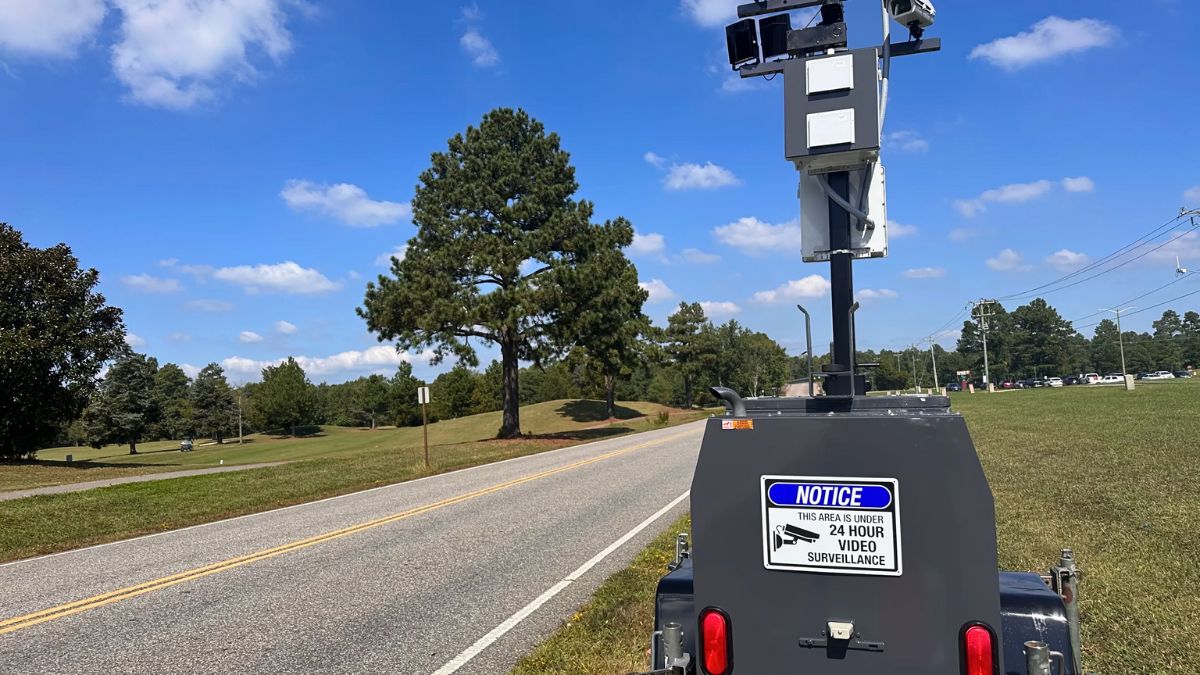Your car’s transmission is one of the most expensive parts to repair or replace — and the bad news? Most of us are damaging it without even realizing. The way you drive plays a huge role in how long your transmission lasts. Let’s break down seven everyday driving habits that quietly wear it down over time.
Launching
Ever floored the gas pedal the moment the light turns green? That’s called “hard launching,” and it’s brutal on your transmission. Fast acceleration from a dead stop puts extra strain on transmission components, especially in automatic cars. Over time, this stress can lead to overheating or internal damage.
Save that launch energy for the racetrack. Smooth, gradual acceleration is way easier on your drivetrain — and your wallet.
Coasting
You might think coasting in neutral saves gas, especially downhill — but in modern cars, it does more harm than good. Not only does it reduce your control over the vehicle, but it also starves your transmission of vital lubrication. When you coast in neutral, your transmission isn’t engaged properly, which increases friction and wear.
Let the car do the work. Today’s engines are fuel-efficient enough without this risky shortcut.
Towing
Planning to haul a trailer or another vehicle? Think twice before doing it without proper gear. Towing loads beyond your vehicle’s rating puts massive stress on the transmission, causing it to overheat.
Always check your owner’s manual for your vehicle’s towing capacity, and if you’re towing often, invest in a transmission cooler. It can be a game-changer.
Resting
It’s a small habit with big consequences: resting your hand on the gear shifter. It may seem harmless, but even light pressure can mess with the synchronizers and shift forks in a manual transmission.
Over time, this leads to premature wear and shifting issues. Hands off the stick — it’s not an armrest.
Delaying
Ignoring signs of trouble is like letting a toothache grow into a root canal. If your transmission starts slipping, making grinding noises, or shifting weirdly, that’s not normal — it’s a cry for help.
Delaying service can turn a minor fix into a full-blown transmission rebuild. The sooner you diagnose it, the cheaper the repair.
Reversing
Switching from reverse to drive while your car is still rolling backward? Huge mistake. That sudden direction change creates a shock inside the transmission. It’s like asking your gearbox to perform whiplash — over and over.
Always stop completely before changing directions. It takes an extra second, but saves you thousands in repair bills.
Idling
Letting your car idle in “Drive” while sitting for long periods — like at drive-thrus or when waiting — generates extra heat. Heat is the transmission’s worst enemy. If you’re going to be stopped for more than a minute, shift into “Park” or “Neutral.”
Here’s a quick reference to help you spot harmful habits:
| Habit | Transmission Impact |
|---|---|
| Hard launching | Increases clutch and gear stress |
| Coasting in neutral | Reduces lubrication, more friction |
| Heavy towing | Causes overheating |
| Hand on shifter | Wears out shift forks/synchronizers |
| Delayed maintenance | Turns minor issues into major ones |
| Shifting while moving | Damages gear teeth and clutches |
| Long idling in drive | Raises transmission temperature |
Changing how you drive can add years to your transmission’s life — and save you thousands in repairs. Most of these habits are easy to fix once you know them. Start with small adjustments and pay attention to how your car responds. A smoother ride often starts with smarter driving.
FAQs
Is coasting in neutral bad for automatics?
Yes, it reduces lubrication and control.
Can towing damage my transmission?
Yes, especially if you exceed towing capacity.
Should I rest my hand on the gear stick?
No, it wears out internal components over time.
Is shifting from reverse to drive while moving harmful?
Yes, it can seriously damage the transmission.
How often should I check my transmission?
Check fluid monthly and service per manual schedule.
